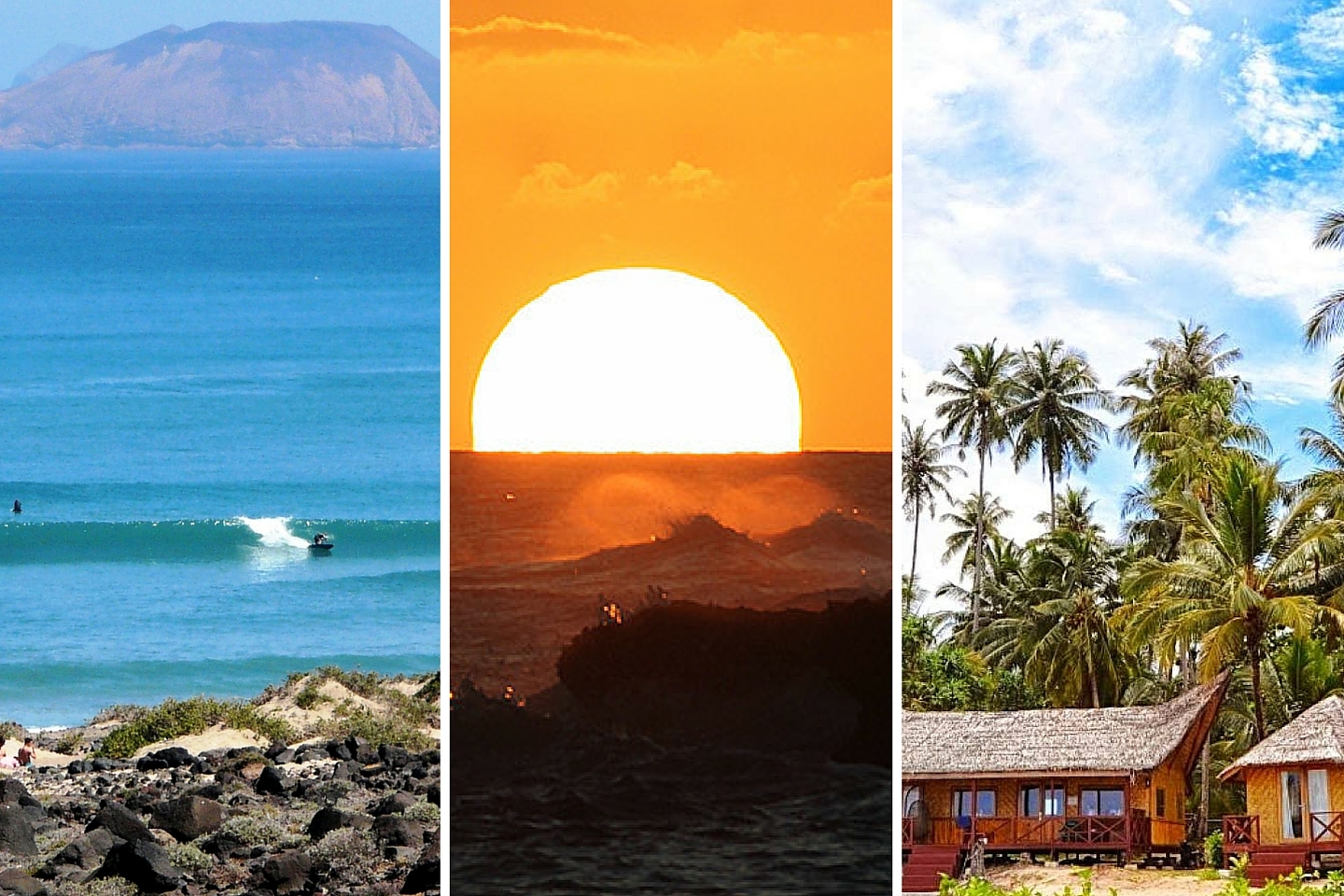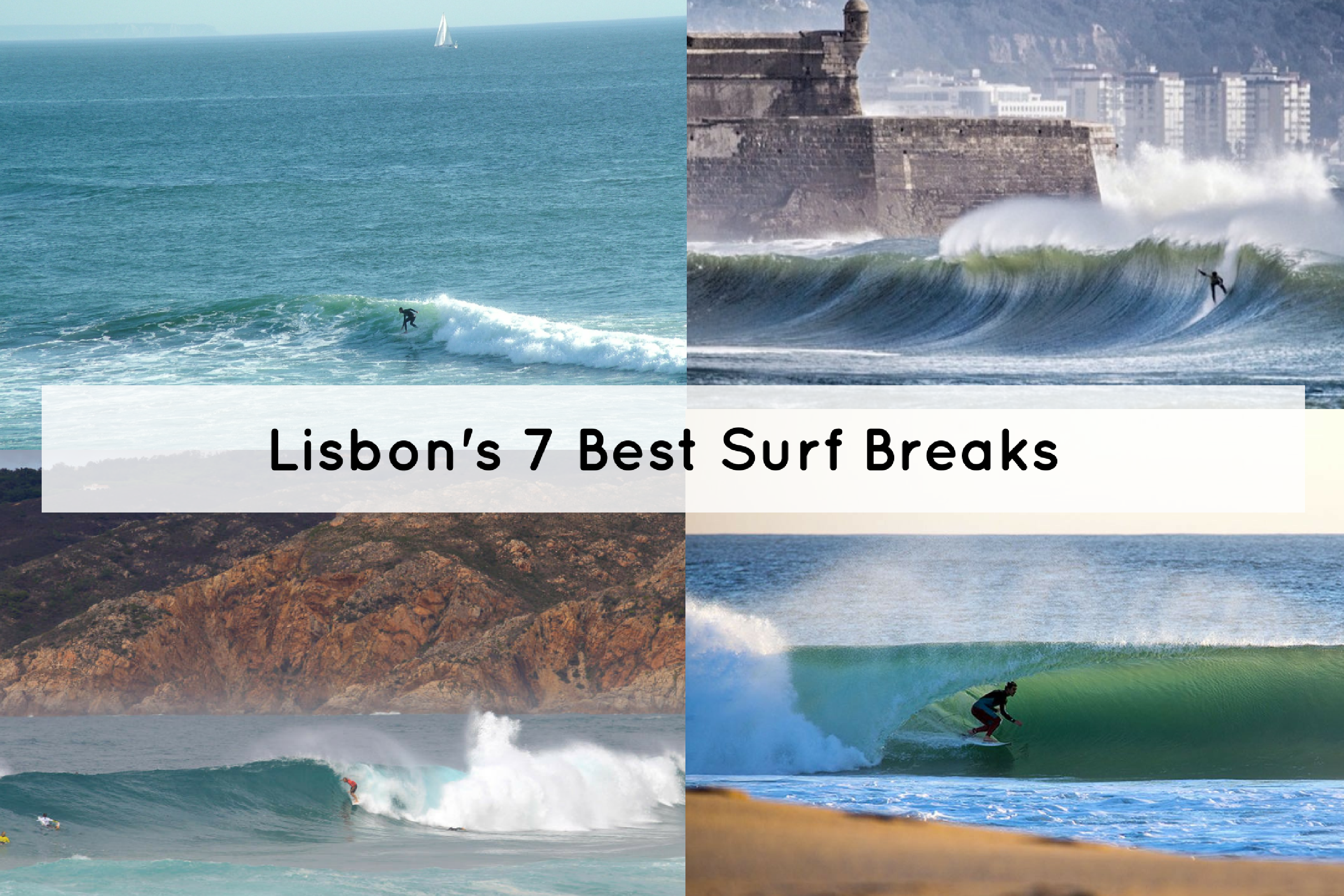Out in the surf there are a lot of different types of boards to choose from, and different styles of surfing for each craft.
Having a stacked quiver of different board shapes is usually reserved for the worlds best, but with a little insight, you can have a small selection of boards that will work in a huge variety of conditions and allow you to make the most out of any swell that rolls in.
One of the most pronounced differences between surfers is whether they surf a shortboard or the historic longboard, with the style of riding completely different to watch and to do, with a more relaxed aesthetic reserved for the long board and higher energy and more radical manoeuvres for the short board.
So here is the breakdown, so you will know what to try on your next surf holiday and get the most out of each session, whether you’re a seasoned pro or a complete beginner.
History Of Longboards
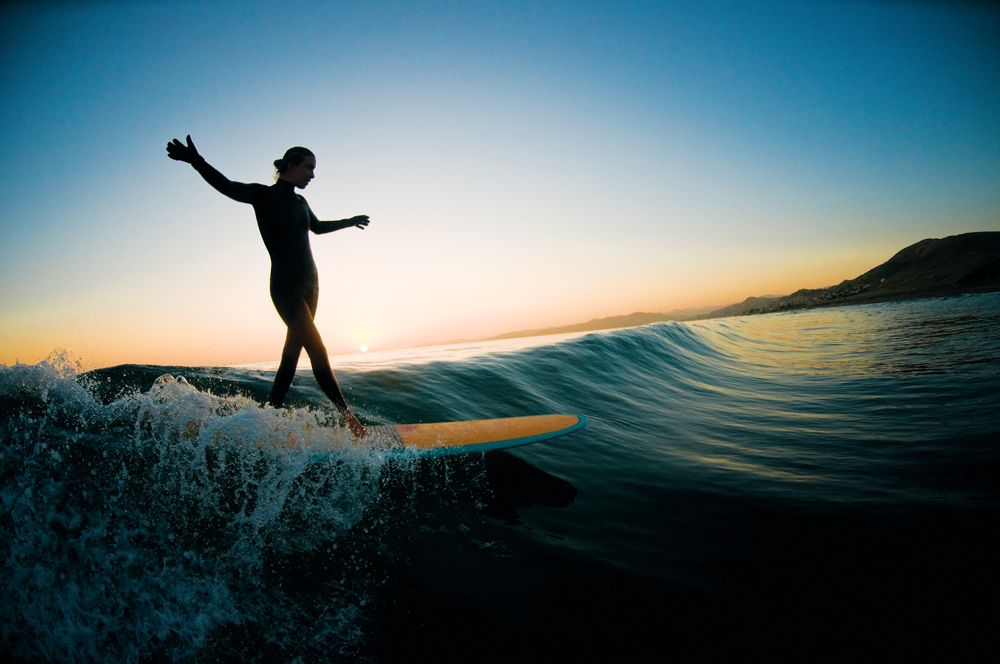
If you are looking for quintessential classic surfing then longboards are for you, and have been around for thousands of years, originally made of wood and ridden by Hawaiian royalty. Surfing during this time was more than a fun activity, it was a spiritual tool and was used to resolve conflicts among tribal chiefs.
The boards would be between 9 and 15 feet in length and could weigh up to 80kgs. These wooden surfboard designs were made using the Wili Wili, the Ula and Koa tree's and would yield two types of boards; the Olo', which were ridden by the chiefs, and an 'Alaia' which was used by the tribes’ people. 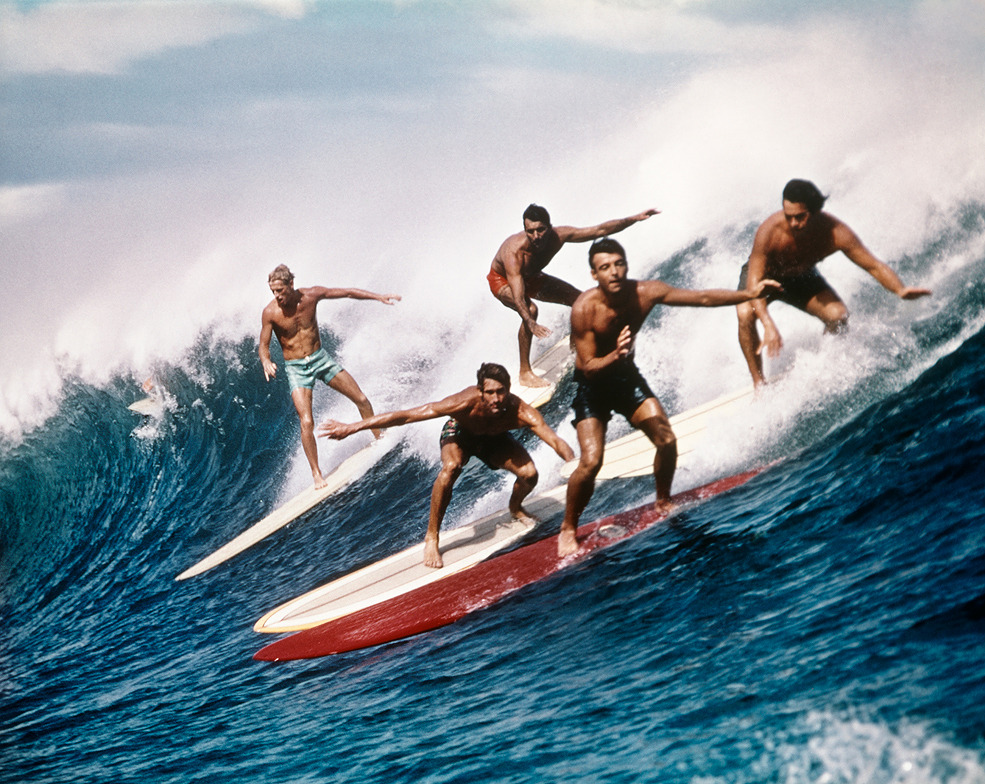
We then saw the woods come together, as balsa wood was tough to get a hold of, coupled with the invention of waterproof glue, surfboard makers would construct the middle of the boards of balsa and the rails of the tougher redwood to strengthen them. Plywood was later used around the time of World War One.
History Of Shortboards
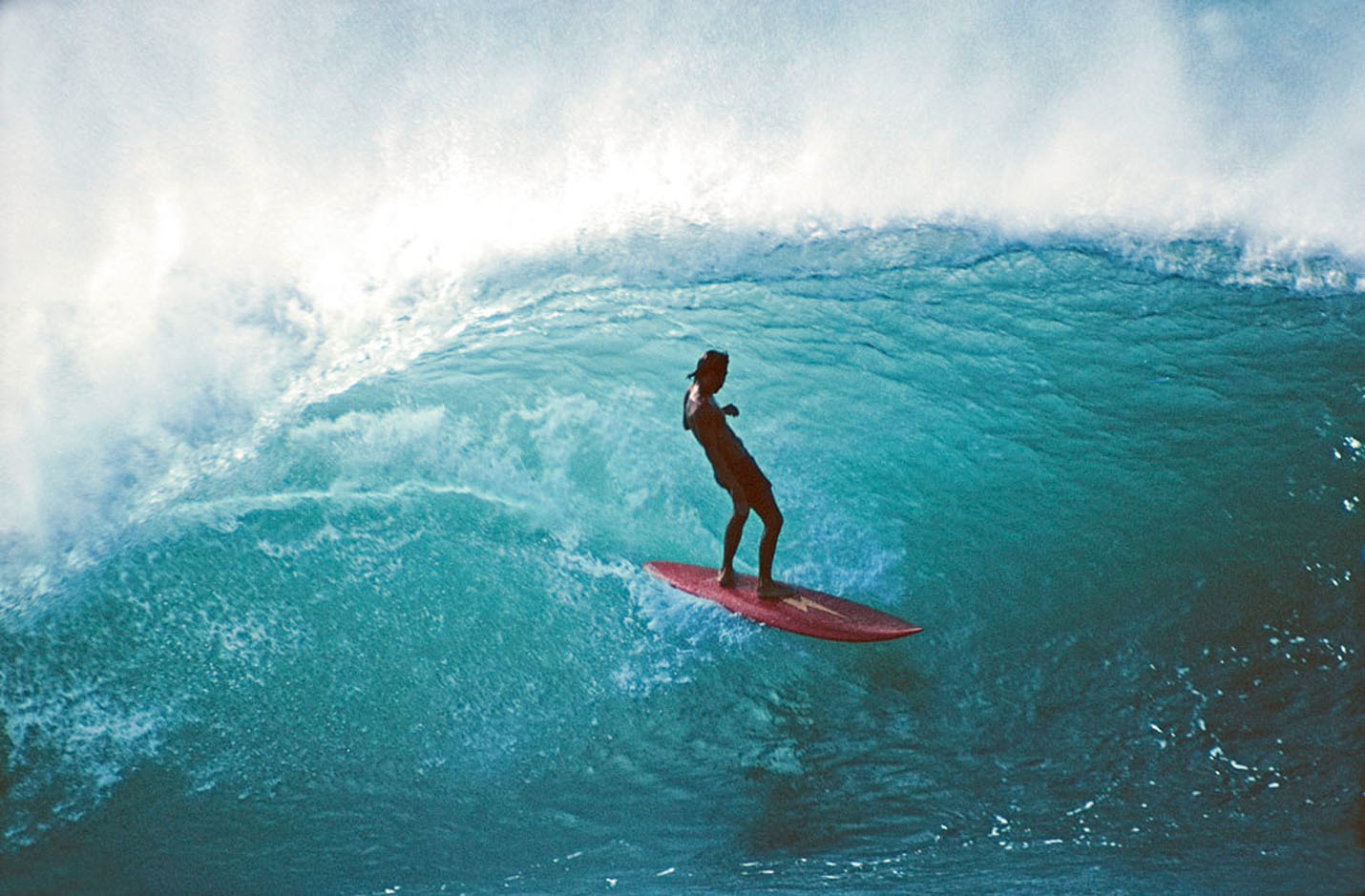
Shortboards on the other hand are a very modern invention when compared to the rich history of long boards. It wasn’t until the mid-60s that the short board made its first appearance on the world surf scene when the average surfboard length went from 10 to six feet!
Dick Brewer is heralded with the design, after starting in Kauai, he later relocated to California to keep up with demand. These new boards allowed surfers to ride in the pocket of the wave, give more manoeuvrability and allow for more aggressive surfing, unsurprisingly, the board was named the ‘pocket rocket’.
The shapers had a thirst for speed and continued to make alterations over the coming years, such as rail shapes, tails, bottom contour of the boards and the height of the rocker. 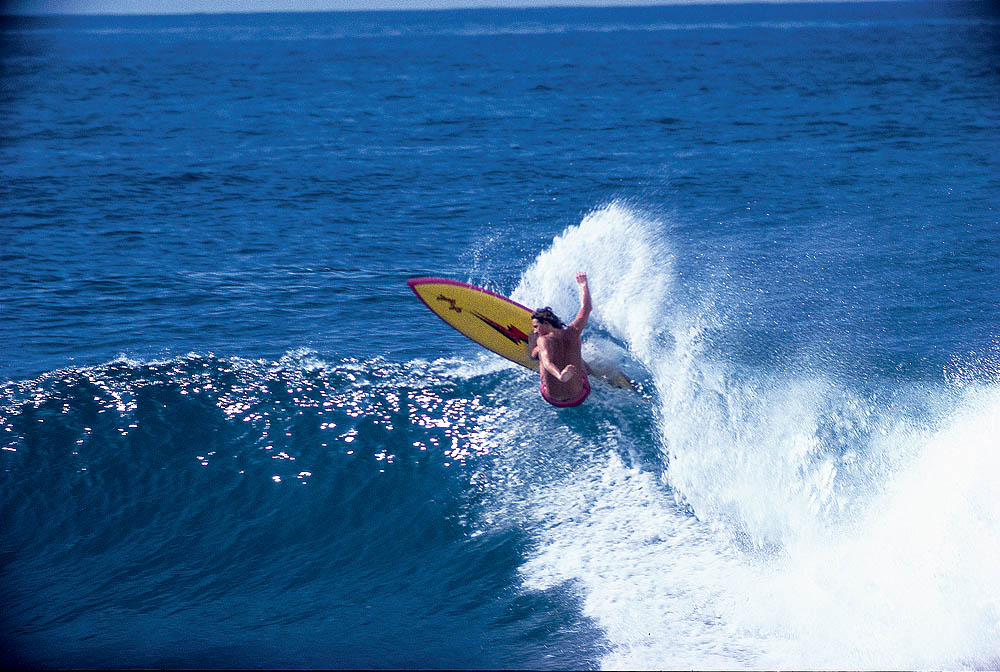
1972 saw the Fish style of short board emerge with Mark Richards winning four consecutive world titles with his twin fin fish set-up from ’79-‘82, forever changing the direction of modern surfing.
The original fish surfboard was invented and shaped by Steve Lis who was actually a knee-boarder and designed this board as a knee-board, but stand-up surfers noticed the speed and sharp turns that were being performed and started standing up on them.
Australian surfer Simon Anderson designed the three fin ‘Thruster’ in 1981, forever changing the sport of surfing. Taking the best elements of single and twin fin set ups he made them work together, creating a three-fin system that gave greater control in the pocket of the wave and when performing carves and tricks.
Longboard Shapes & Sizes
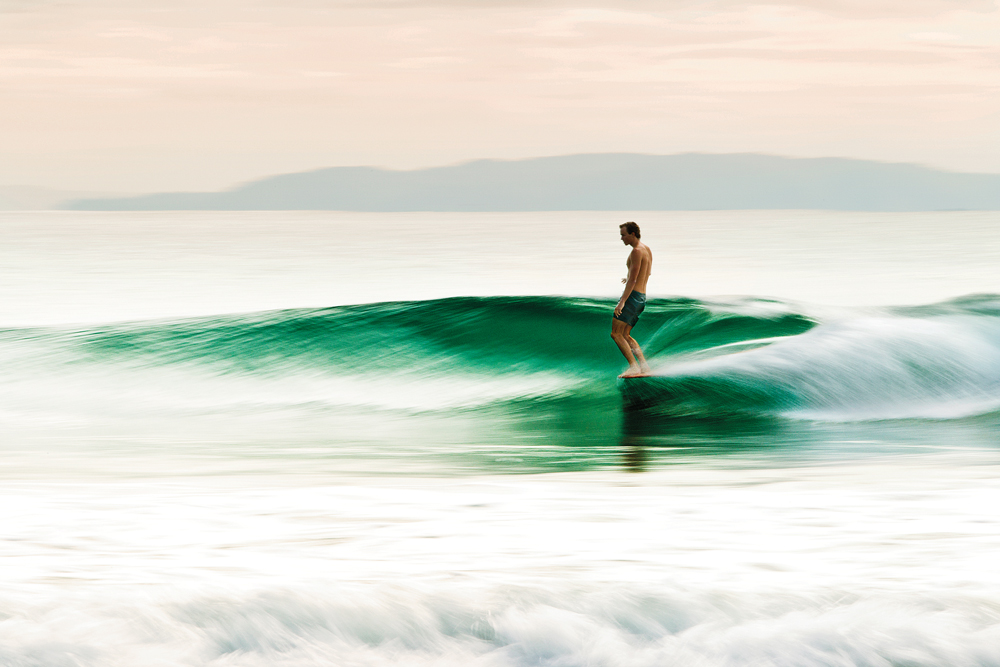
Physically longboards and shortboards are worlds apart, longboards can be anywhere from 9 to 12ft in length, have a rounded nose and traditionally have single fin although 3 fin set ups are very common nowadays as they allow more radical turns and manoeuvres, whilst still being incredibly buoyant and allowing incredibly cruisey lines on the wave.
Shortboard Shapes & Sizes
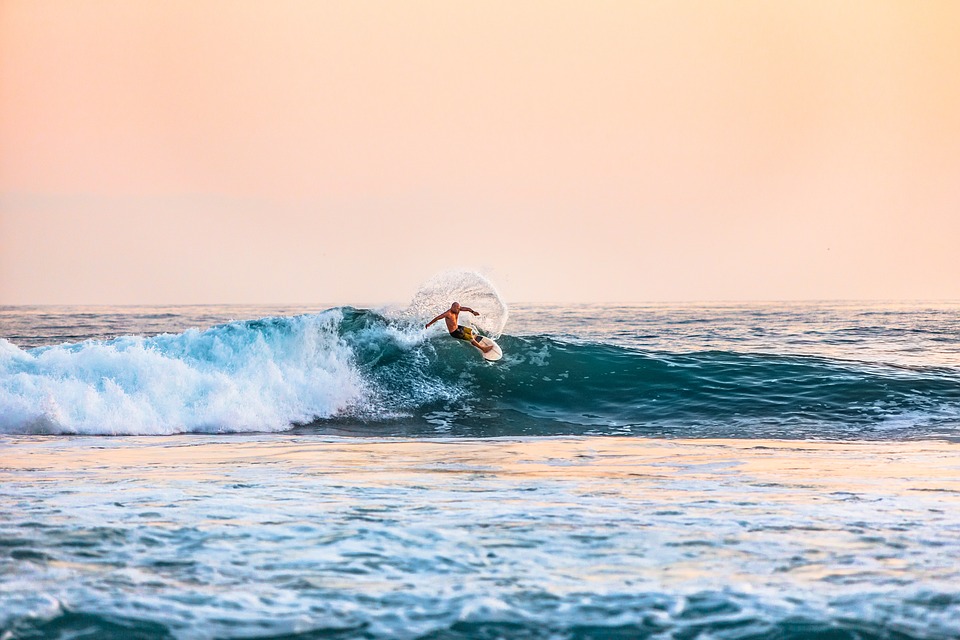
Shortboards however, can vary between 5ft to 7ft in length, usually have 3 fins, and traditionally have a pointed nose.
The dimensions of a shortboard allow surfers to go at a faster speed, drop into steeper and more critical waves and lay down more aggressive turns on the waves walls.
Materials Used For Longboards & Shortboards
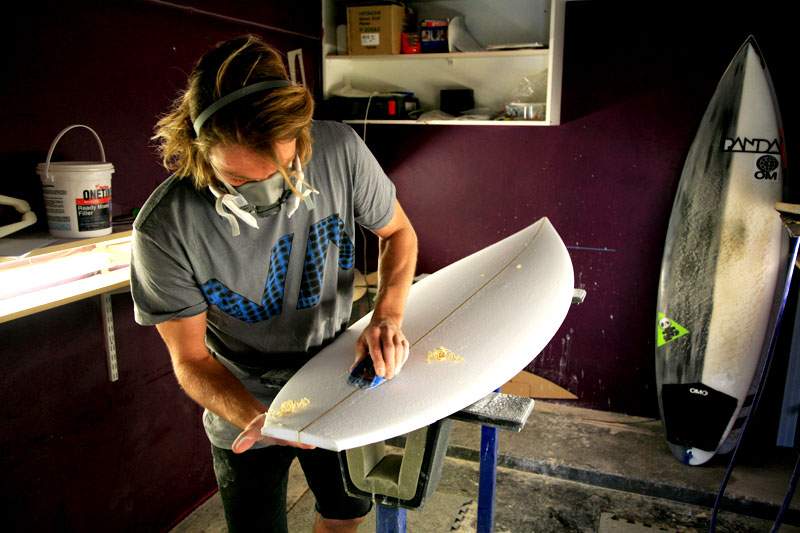
The majority of surfboards, regardless of size use some type of foam. The first foam surfboards were constructed from polyurethane foam , where the shaper would plane a blank foam sheet before it’s encased with a polyester resin.
Nowadays, surfboards use an epoxy resin and prolapse polystyrene foam, rather than polyurethane and polyester which tends to be too soft for the strain a surfer puts his board under.
All surfboards will typically use a fiberglass cloth, and the type of construction is determined by the type of resin and foam used in the core. Epoxy and expanded polystyrene boards use resin, and PU boards use foam. These types of boards are traditionally handmade, but with the advancements in technology we are seeing more and more machine made boards out in the line up.
When being made, the surfboards core is lined with a fiberglass cloth and laminated with multiple coats of resin, the board is then cured and sanded to give a smooth surface finish.
Paddling With A Longboard
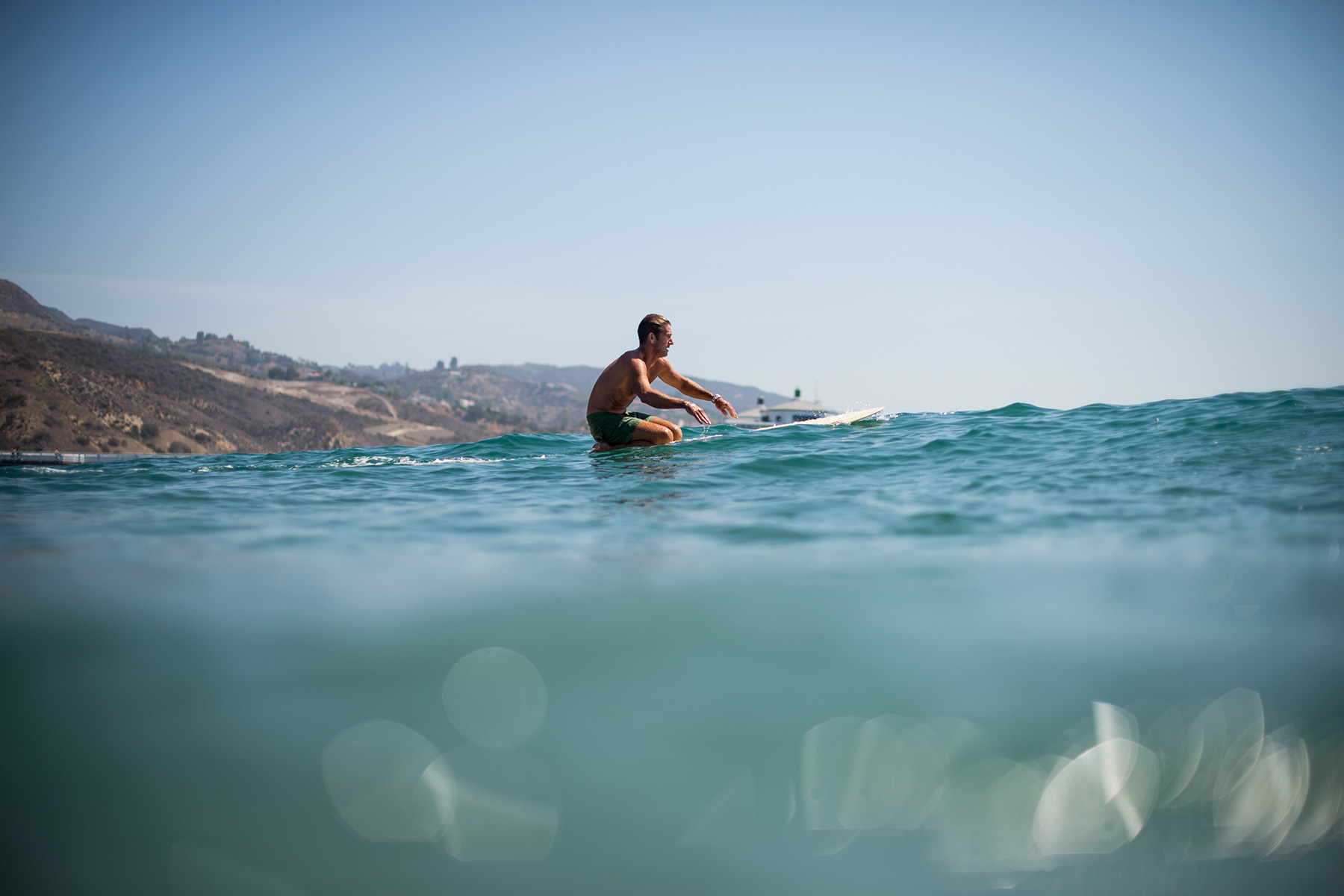
Longboards use the same technique but there is also an alternative, with a longboarder being able to kneel on the board and uses both arms at the same time to propel the board forward for maximum speed, and also spotting set waves before everyone else in the line up.
Paddling With A Shortboard
.jpg)
There is a difference in how shortboards and longboards can be paddled into the line up. Shortboards are laid on and you use a front crawl stroke to propel your board around the line up and into waves.
What Type Of Waves Can I Surf With A Longboard?
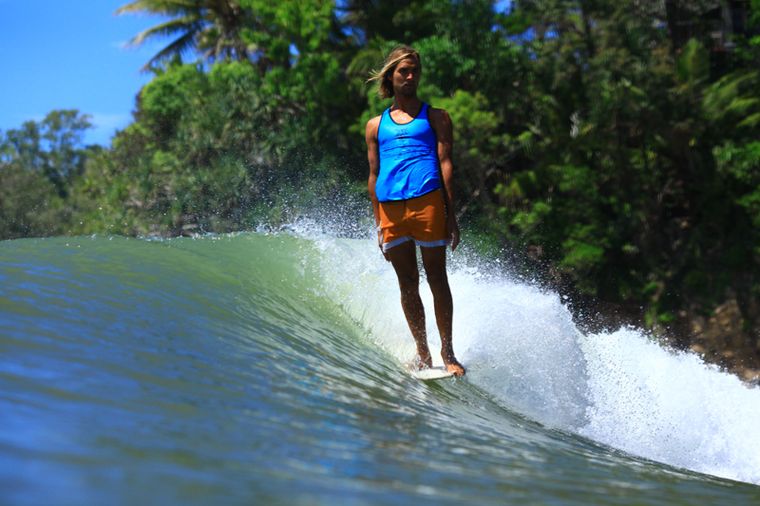
Longboards draw very different lines that allow surfers to smoothly cruise along the waves face and catch waves further out and with less effort than would be needed for a shortboard.
Experienced surfers can perform tricks on long boards by walking up and down the board, and even walk right to the nose and hang their toes over the end, which with five toes over the nose being called a ‘hang five’ and 10 toes over the nose called, yep, you guessed it, a ‘hang ten’.
Longboarding is more like a dance on the wave than its short board counterpart and long boards are ideal for beginner surfers, especially during learn to surf holidays as they are so stable and make catching waves much easier.
What Type Of Waves Can I Surf With A Shortboard?
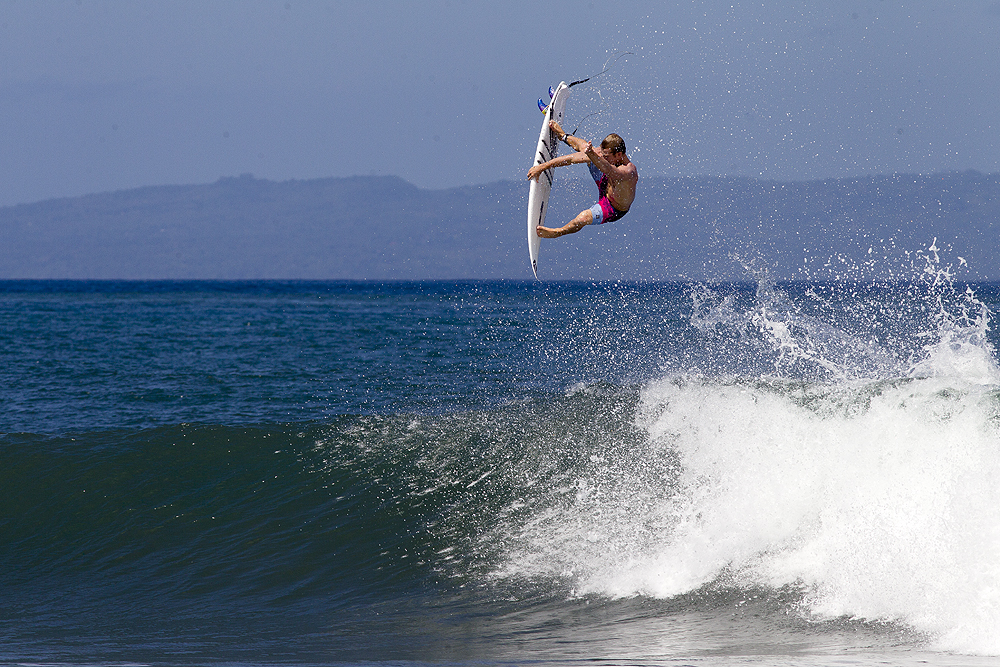
Aside from the aesthetic differences, one of the most significant differences between longboards and shortboards is the actual style of surfing a wave and the type of waves they are riding.
Shortboards draw faster lines, enabling surfers to drop into steeper and faster waves and allowing more radical turns and aerials whilst surfing in the most critical parts of the wave.




 Alex Hickman
Alex Hickman

